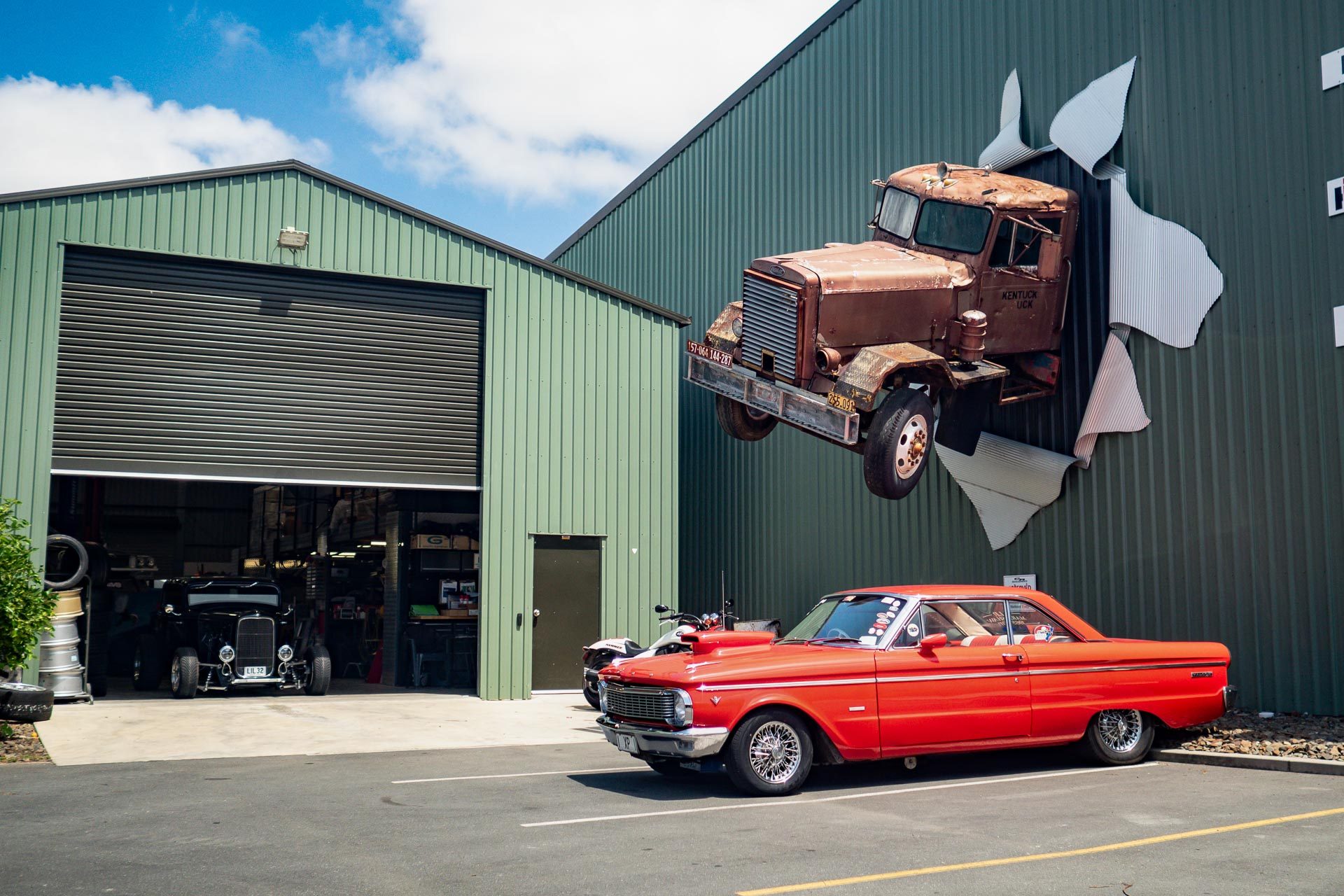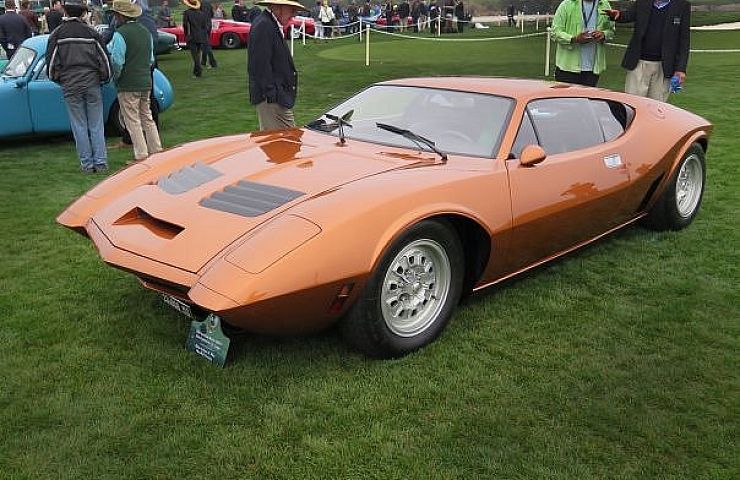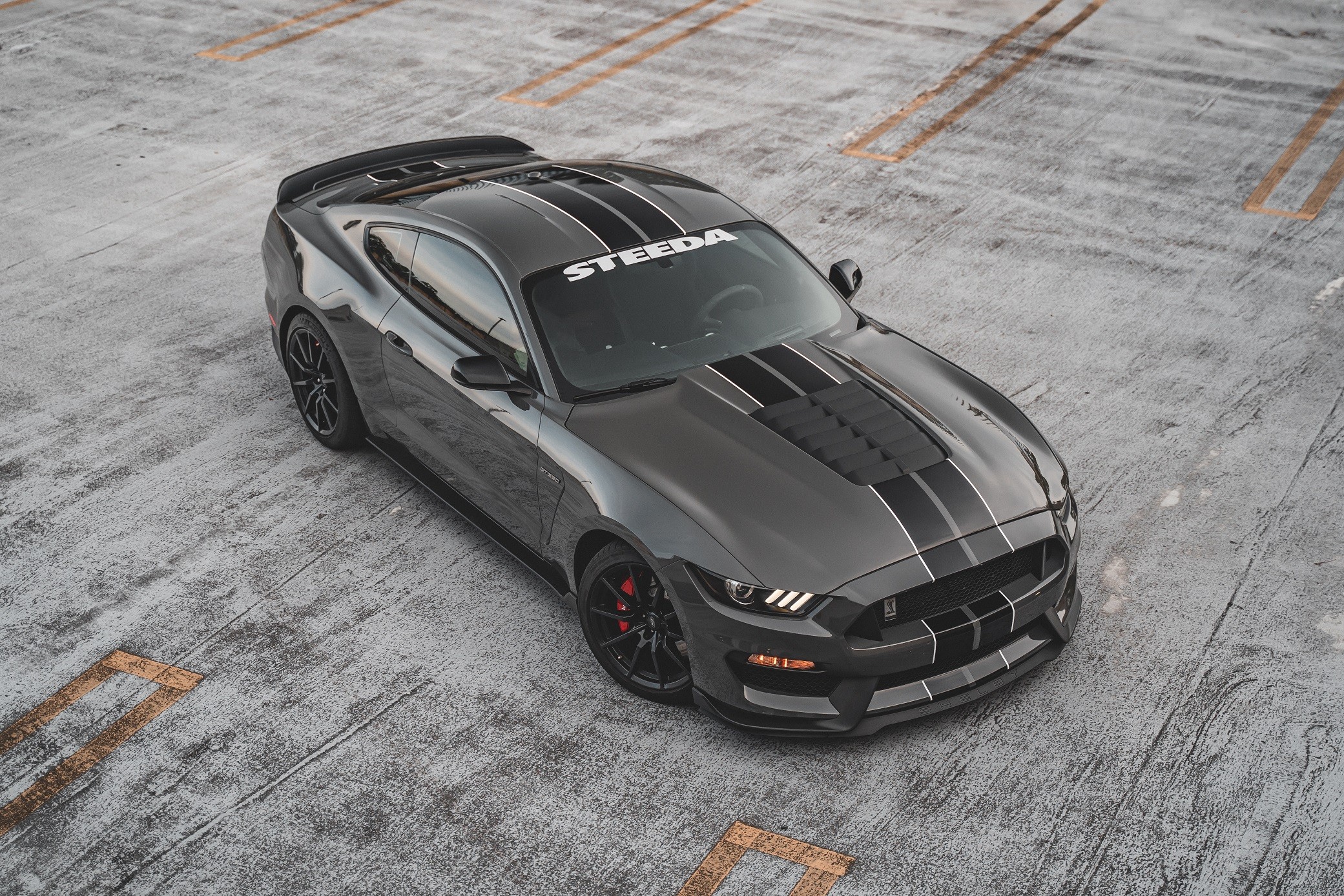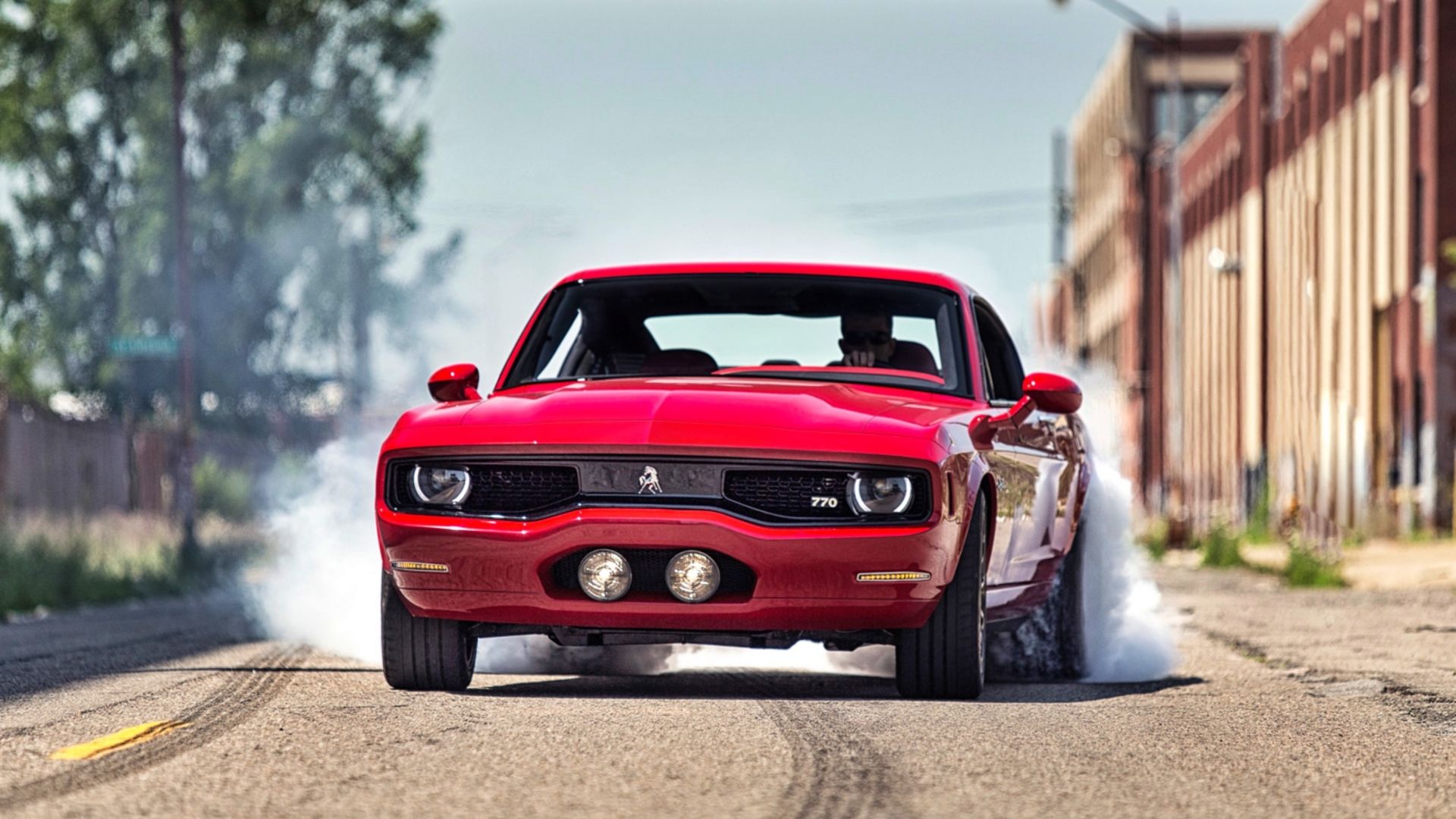When the hot rod was invented, one of the first steps in the process was to tear off the hood and throw it behind the barn. Easy and open access to the powerplant was required at all times. And of course there was also the need to show off the engine to everyone else on the street. It doesn’t take a doctorate in psychology to figure this one out:
Since day one, hot rodders have been all about engines and going fast.
With our roots firmly planted in horsepower, Hot Rod though it was important to recognize some of the great engines in history of hot rodding.
What defines a great hot rod engine?
Here is some criteria that found the facts: First, it needs to contain American parts, Next, it must display the ingenuity and can-do attitude that was as American naturally take to be the American spirit. And Except in the rarest circumstances, it ought to be a V-8. So here are 10 of history’s greatest hot rod engines. No doubt some readers will scream that we left their favorites off the list. We expect that, so if you’re one of them, we apologize for the inconvenience.
(#1) Grumpy’s Pro Stock Small-Block: In the 70’s Bill “Grumpy” Jenkins was the reigning guru of the small-block Chevy V-8 in drag racing. Racers hung on his every word; when his hood came off in the paddock a crowd formed. But there was no heads-up pro category for the small-block in NHRA until 1972, when the Pro Stock rules were rewritten to permit small-displacement engines in short-wheelbase cars, handing them a weight break against the Chrysler Hemis then stinking up the show. Spotting his opening, Jenkins waded in with Grumpy’s Toy IX, a Vega hatchback sporting a 331ci small-block.
(#2) Richard Petty’s ’64 Plymouth Race Hemi: Just so you know, maybe this is not the complete story of the debut of the Chrysler 426 Race Hemi at the ’64 Daytona 500. Development on the 426 Hemi-the engine that turned Bill France purple was assembled in the final week of November of 1963.
(#3) The Swamp Rat’s 200-Mph 392 Hemi: Chris Karamesines clocked at 204.54 mph at Alton, Illinois, in April 1960. In these days of billet Fuel Hemis, the engine in Swamp Rat VI is jaw-slackening to behold. In 1964 racers couldn’t just assemble parts off the rack; ad-hoc engineering and experimenting were required. Big’s 200 motor was built around a cast iron 392 Hemi block and heads.
(#4) Ford’s ’67 Lemans-Winning 427 V-8: The 427 had a bore of 4.23 inches and stroke of 3.78 inches, its actual displacement was 424.9 But ford decided to call it a 427.
(#5) Repco-Brabham V-8: Did you know the Oldsmobile won the Formula One World Championship? Built around a 215ci the Brabham 620 was a clever bit of blacksmithing.
(#6) Ron Main’s FlatFire V-8: An original ’46 Ford 59AB block with three main bearings, the motor was almost totally re-engineered by Mike Landy and the late Dick Landy of Dick Landy Industries. At almost over 700 hp the FlatHead happily zinging to 7,000 rpm’s on the dyno. “The FlatHead is just a pretty little motor.”
(#7) Eddie Hill’s Four-Second Hemi: Eddi Hill laid down the first four-second pass in drag racing history: a 4.990, bumping the speed record to 288.55 mph in the process.
(#8) Bill Kuhlman’s 200-Mph Big Block Chevy: With the juice flowing, it produced over 1,000 lb-ft of torque at 6,500 rpm,and at 7,000 rpm it made 1,379 hp. Pretty good for a kit motor, especially in 1987.
(#9) Reher, Morrison And Shepherd’s 83 Pro Stock Chevy: A fabricated sheetmetal intake manifold an a pair of 4500-Holeys completed the set up. There 605 motor took the IHRA title in 1983 along with the third consecutive NHRA championship in the same year. Simply put this was a bad motor.
(#10) Smokey Yunick’s 427 Mk II Mystery Engine: The Mk II’s short block used the same 4.84-inch bore spacing as the 348/409, and its 4.31-inch bore and 3.65-inch stroke were identical to those of 427ci ZII version of the 409. Smokey believed the motor was good for 600 hp or more.
Buy It, Build It, Drive It, Love It… of course there are many more great engines in our history that were not covered here. The tough get going-and the going get faster.






More Stories
Muscle Car Collecting Tips for the Ultimate Car Hoard
Rare Muscle Cars Unveiling Hidden Automotive Treasures
Muscle Car Upgrades Transform Your Ride for the Better